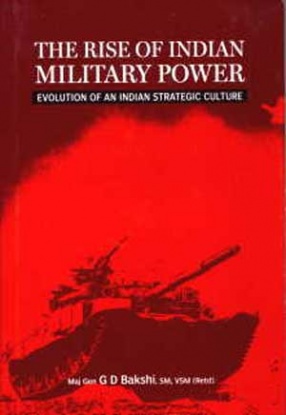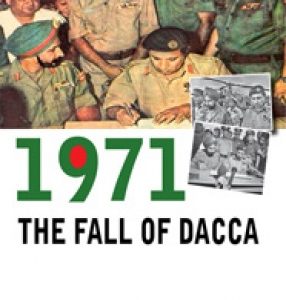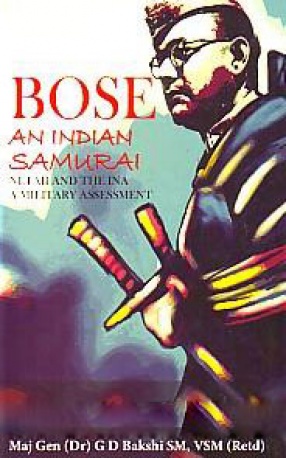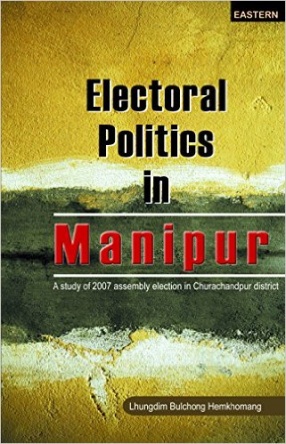This is a path breaking book that has attempted the first scientific analysis of Indian military history in terms of a series of RMAs (Revolutions in Military Affairs) that had profound implications in the socio-political sphere. The author has identified three critical RMAs that changed the course of Indian history. The first RMA was engendered by the Mauryans who used war elephants in the mass to generate "shock and awe". The Mughals under Babar introduced the second RMA in South Asia. The Mughal RMA was based on an intelligent combination of field artillery, Flintlock Muskets and horse-based archers. The British introduced the third RMA of Indian military history. They raised well drilled infantry regiments that could manoeuvre on drill square words of command and shoot in a disciplined rhythm collectively.
The prime focus of this book, however, is on the post independence period of Indian military history. It tries to answer the seminal questions–Is there an Indian strategic culture? Is there an Indian way of war fighting? The western scholars have opined that India lacked a strategic culture. The author disagrees strongly this Kautiliyan paradigm of war resurfaced unconsciously in India's liberation of Bangladesh in the 1971 War which resulted in a resounding victory of historic proportions. The "Shock and Awe" generated by the Indian Air Forces complete domination of the skies over Bangladesh, paved the way for a classic Blitzkrieg that (for the first time after the World War II) created a new nation-state with the force of arms. In just 14 days, India emerged as a major regional power. In 1974, India demonstrated its nuclear capability. By 1990, however, the Indian economy was on the verge of collapse. The Afghan Jihad once again brought in extra-regional powers into South Asia. India is now well on its way to becoming a major economic power. It must now translate this economic potential into usable military power that can deter its adversaries from such provocative adventurism. India will have to field dominant war fighting capabilities if it wishes to deter. It will have to usher in the fourth RMA in South Asian military history. This will be based up on airpower and transparency and the capabilities to exploit the air flank (via over the Hump air assault capabilities) and the capability to exploit the sea flank through operational manoeuvre from the sea.








There are no reviews yet.